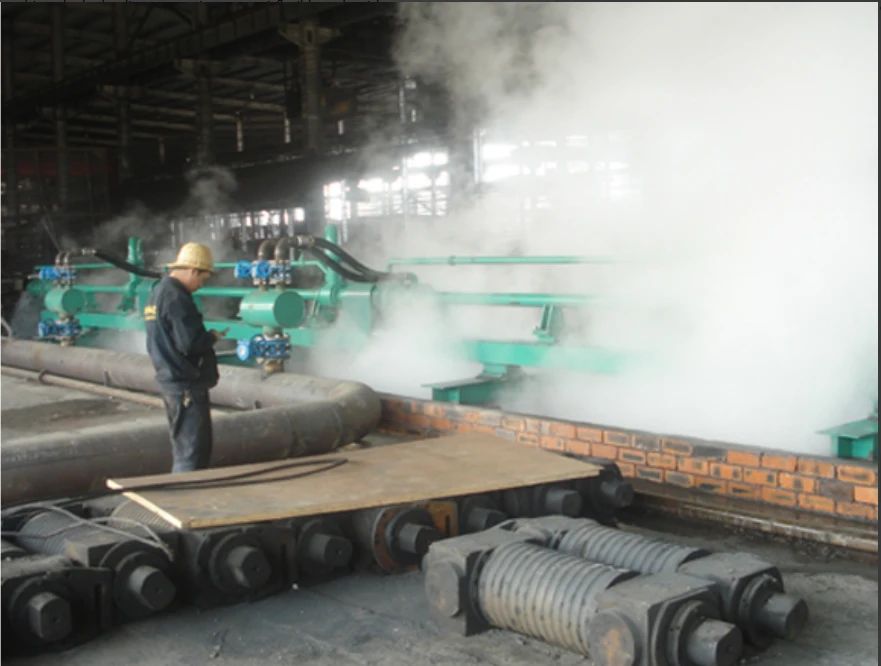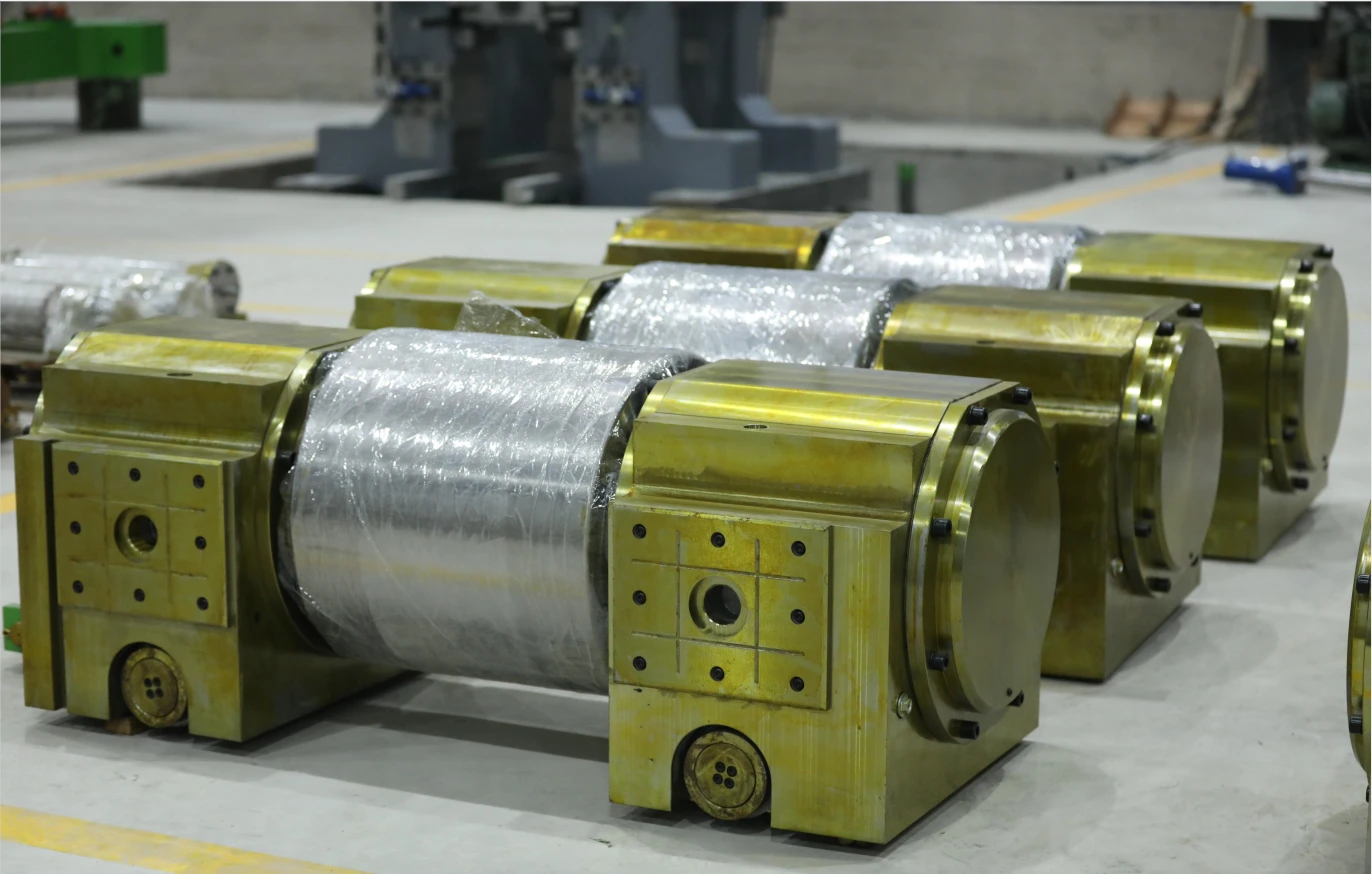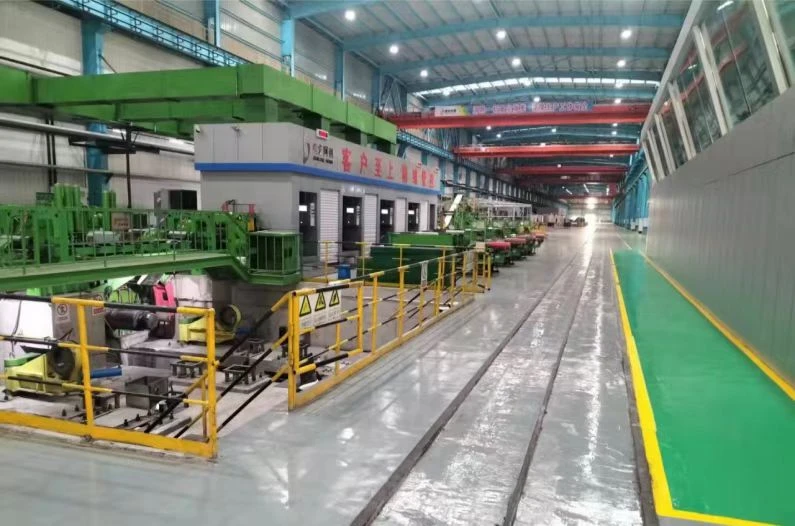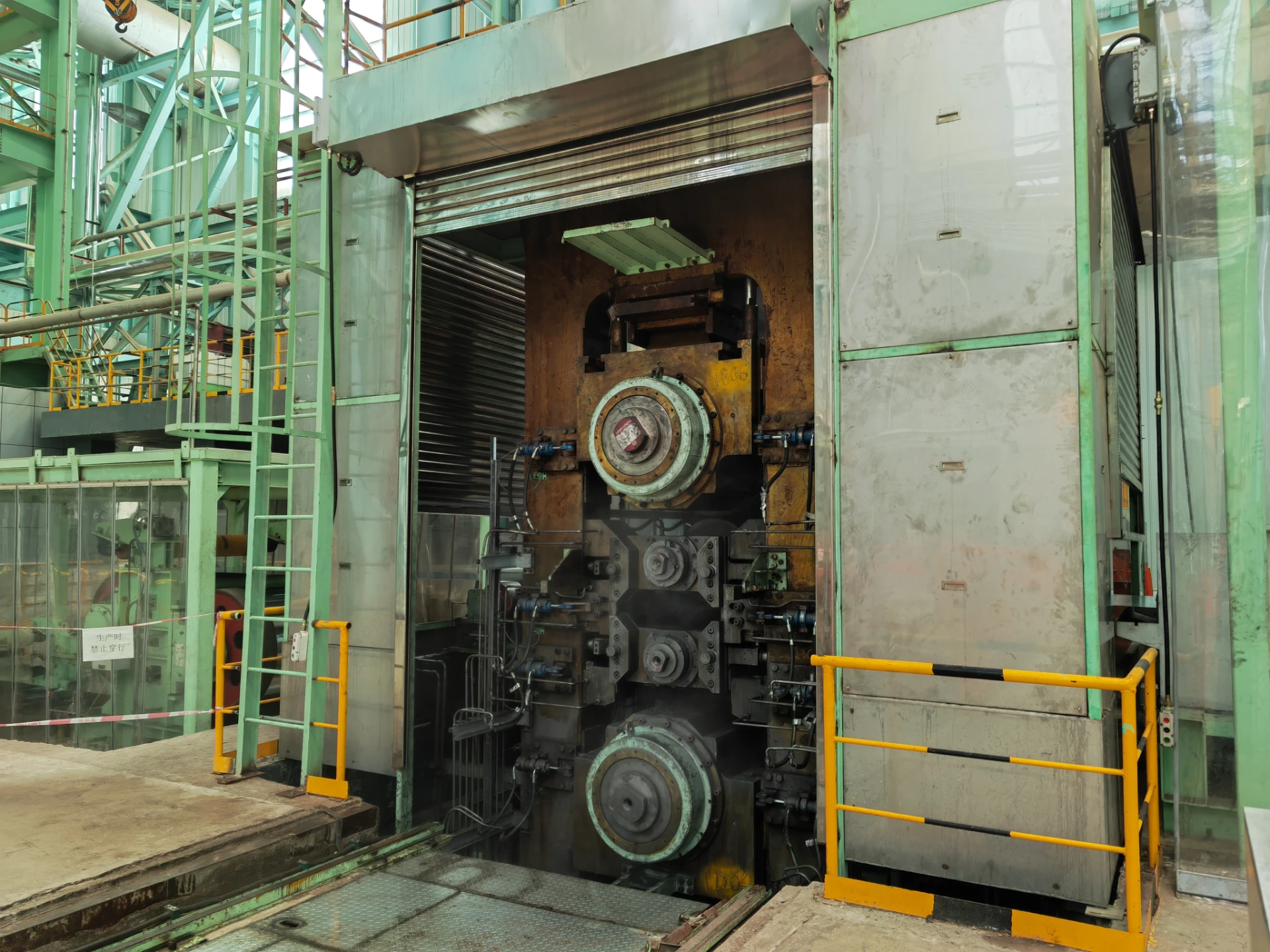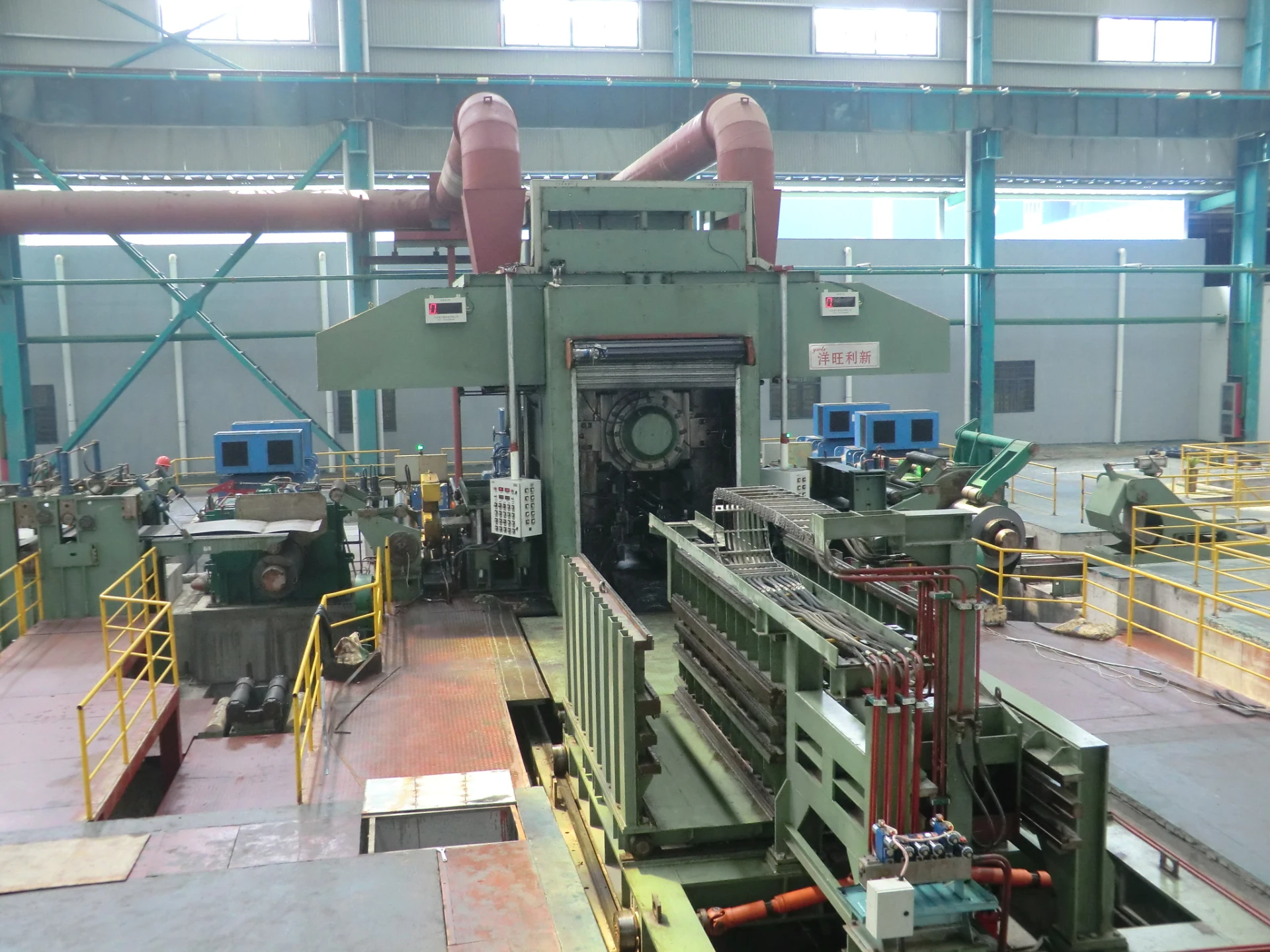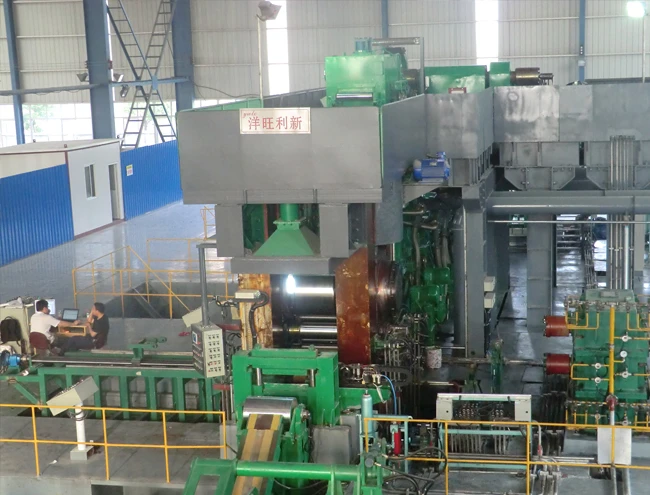
Advantages of Using a Skin Pass Mill in Steel Processing
The final stages of steel processing often involve a critical step known as skin pass rolling, which significantly enhances the mechanical and surface properties of steel sheets. A skin pass mill is a specialized rolling system designed to apply minimal reduction (typically 0.5% to 3%) to steel strips, improving their flatness, surface texture, and mechanical consistency. Unlike heavy reduction rolling, skin pass operations focus on refining rather than drastically altering the steel’s thickness, making them essential for producing high-quality end products.
Two primary configurations dominate the industry: the 4 hi skin pass mill, featuring four rolls for better control, and the hot skin pass mill, used for processing steel at elevated temperatures. These mills play a crucial role in industries requiring precise steel characteristics, such as automotive, appliance manufacturing, and construction.
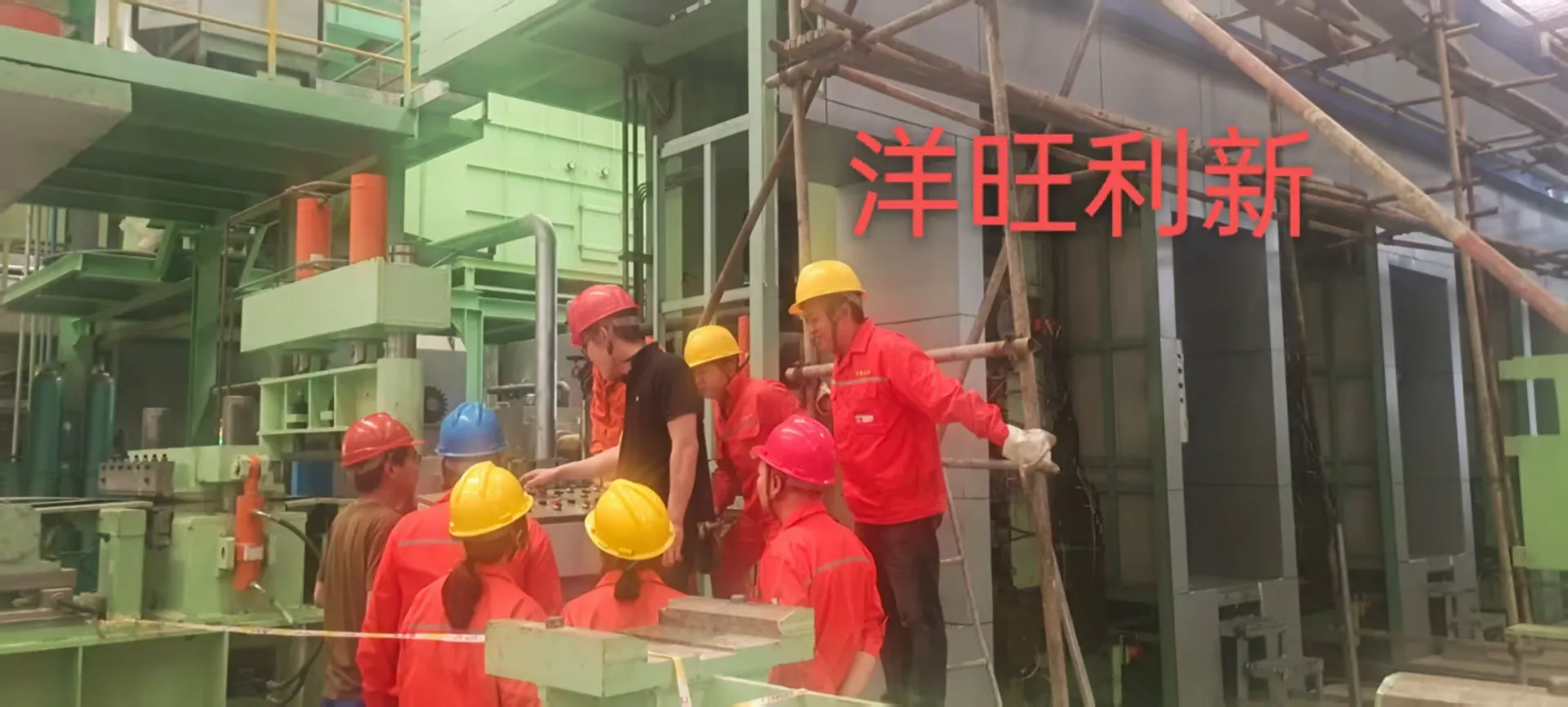
Enhanced Surface Finish Through Skin Pass Rolling
One of the most significant benefits of using a skin pass mill is the dramatic improvement in surface quality it provides. After annealing, steel sheets often develop a slightly rough or oxidized surface due to thermal treatment. Skin pass rolling eliminates these imperfections by applying controlled pressure, resulting in a smoother, more uniform finish. This is particularly important for applications where aesthetics matter, such as exposed automotive panels or stainless steel appliances.
The 4 hi skin pass mill, with its backup rolls supporting the work rolls, ensures even pressure distribution across the strip width. This configuration prevents surface defects like chatter marks or uneven textures, which can occur in simpler two-high mills. Additionally, the process can impart specific surface patterns—such as matte, bright, or structured finishes—by using textured rolls. Manufacturers can tailor these finishes to customer requirements, whether for improved paint adhesion in automotive coatings or reduced glare in architectural steel.
In a hot skin pass mill, the steel is processed at elevated temperatures, which further refines the surface by breaking up scale layers formed during annealing. This method is particularly effective for high-strength steels, where maintaining surface integrity is crucial for subsequent forming operations.
Skin Pass Rolling: Improved Mechanical Properties and Formability
Beyond surface enhancement, skin pass rolling significantly improves the mechanical behavior of steel sheets. The minimal cold working introduced during the process modifies the steel’s yield strength and elongation characteristics, making it more suitable for deep drawing, stamping, and bending operations.
When steel undergoes annealing, it becomes softer but can exhibit undesirable yield point elongation (YPE), leading to Lüders bands—visible surface streaks during forming. A skin pass mill eliminates this issue by imparting slight strain hardening, stabilizing the material’s yield behavior. This is especially critical in automotive manufacturing, where press-formed components must maintain dimensional accuracy without surface defects.
The 4 hi skin pass mill excels in controlling these mechanical adjustments due to its precise roll gap and tension management. By fine-tuning reduction rates and rolling speeds, operators can optimize the balance between strength and ductility, ensuring the steel performs predictably in downstream fabrication processes.
Skin Pass Rolling: Superior Flatness and Dimensional Accuracy
Another major advantage of skin pass rolling is its ability to correct minor shape imperfections, ensuring superior flatness in finished steel coils. Even after annealing and temper rolling, steel strips can develop slight waves or edge curls due to residual stresses. The skin pass mill applies just enough tension and compression to eliminate these irregularities, producing flatter, more stable sheets.
The 4 hi skin pass mill configuration is particularly effective for flatness control because its backup rolls counteract deflection in the work rolls. Advanced shape control systems, including roll bending and hydraulic screw-down adjustments, allow real-time corrections during rolling. This ensures that the final product meets stringent flatness tolerances required for precision applications like electrical transformer cores or high-end construction panels.
In a hot skin pass mill, the combination of thermal and mechanical effects further enhances shape correction. The elevated temperature makes the steel more pliable, allowing for better stress relief and uniformity across the strip.
Skin Pass Rolling: Reduction of Yield Point Elongation and Aging Effects
A critical challenge in steel processing is preventing yield point elongation and aging-related embrittlement, both of which can compromise formability over time. Skin pass rolling effectively mitigates these issues by introducing controlled dislocations in the steel’s crystalline structure, stabilizing its mechanical properties.
When steel is annealed, it becomes susceptible to strain aging—a phenomenon where dissolved carbon and nitrogen atoms gradually migrate to dislocations, increasing strength but reducing ductility. By subjecting the steel to a light skin pass, these dislocations are redistributed, delaying the aging process and extending the material’s shelf life. This is particularly valuable for manufacturers who store steel coils before further processing.
The 4 hi skin pass mill provides the precision needed to achieve this effect without over-hardening the material. By maintaining consistent reduction rates and tension levels, it ensures uniform mechanical properties throughout the coil.
Skin Pass Rolling: Compatibility with Advanced Coating and Finishing Processes
Many steel products undergo additional treatments such as galvanizing, painting, or laminating after rolling. Skin pass rolling optimizes the steel surface for these secondary processes by enhancing adhesion and uniformity.
For galvanized steel, a properly executed skin pass ensures that the zinc coating bonds evenly, reducing defects like spangling or uneven thickness. In painted applications, the refined surface texture improves paint adherence and gloss consistency, critical for automotive and appliance finishes.
The hot skin pass mill is particularly beneficial for pre-treated steels, as the thermal-mechanical interaction enhances the activation of protective coatings. This makes it indispensable in producing corrosion-resistant steels for harsh environments.
The Indispensable Role of Skin Pass Mills in Steel Production
The skin pass mill is far more than a final finishing step—it is a vital component in modern steel processing, ensuring superior surface quality, mechanical consistency, and dimensional accuracy. Whether through a 4 hi skin pass mill for precision flatness control or a hot skin pass mill for enhanced thermal-mechanical properties, this technology enables manufacturers to meet the exacting demands of high-performance steel applications.
From automotive body panels to architectural cladding, skin pass rolling enhances steel’s usability, durability, and aesthetic appeal. As steel products continue to evolve toward thinner gauges and higher strength, the role of skin pass mills will only grow in importance, solidifying their place as a cornerstone of advanced metal manufacturing.
-
Indian Clients Visit YWLX to Inspect Skin-pass MillNewsJun.22,2025
-
Typical Products from Reversing Cold Rolling ProcessNewsMay.26,2025
-
Surface Finish Improvement through Skin Pass RollingNewsMay.26,2025
-
Integration of AGC Systems in Modern Cold Rolling MillsNewsMay.26,2025
-
Cold Rolling in the Context of High-Strength Steel DemandNewsMay.26,2025
-
AGC in Hot Rolling Mills: Challenges and SolutionsNewsMay.26,2025
-
Why Reversing Cold Rolling Mills Are Ideal for Specialty MetalsNewsMay.13,2025



